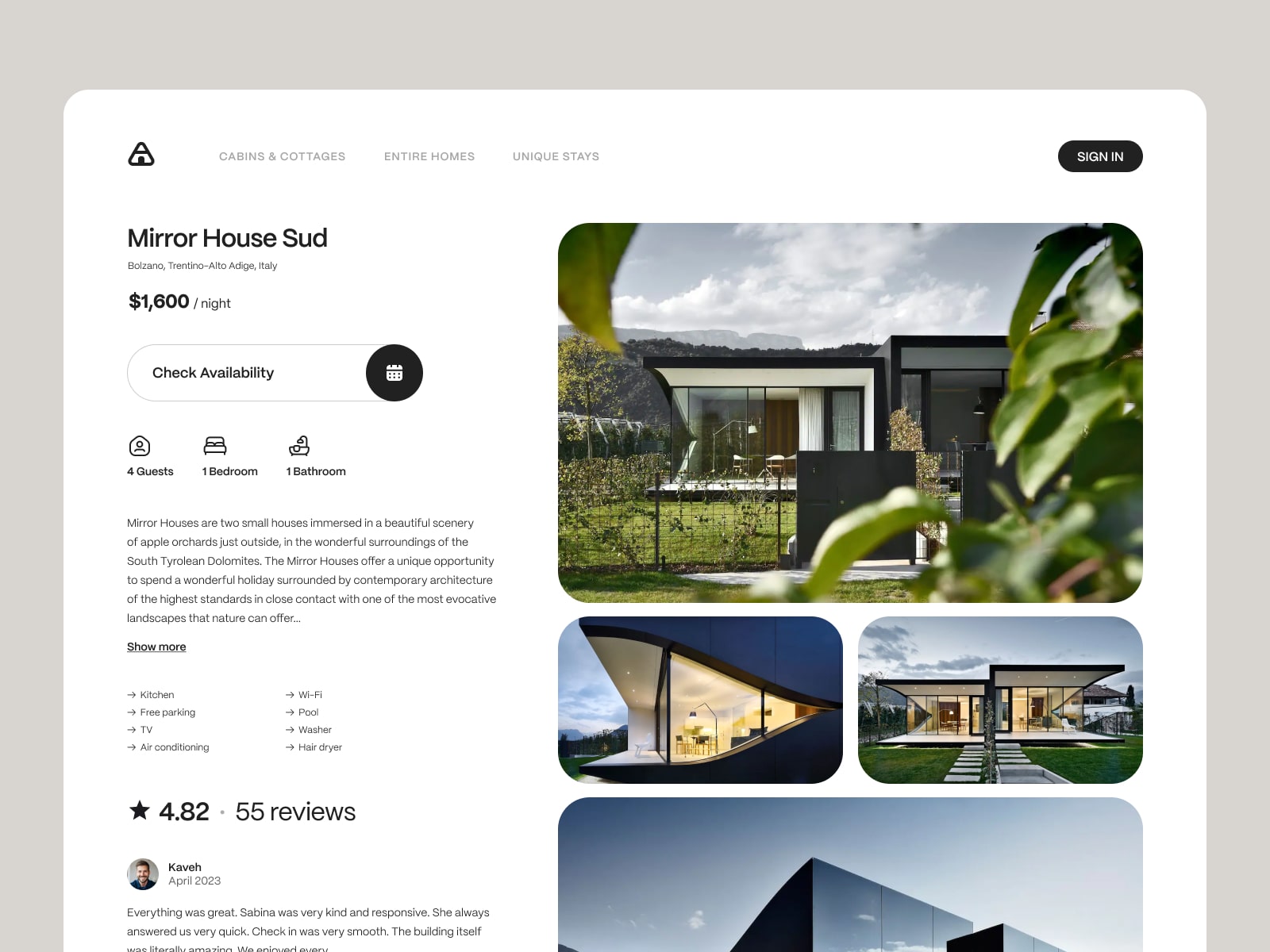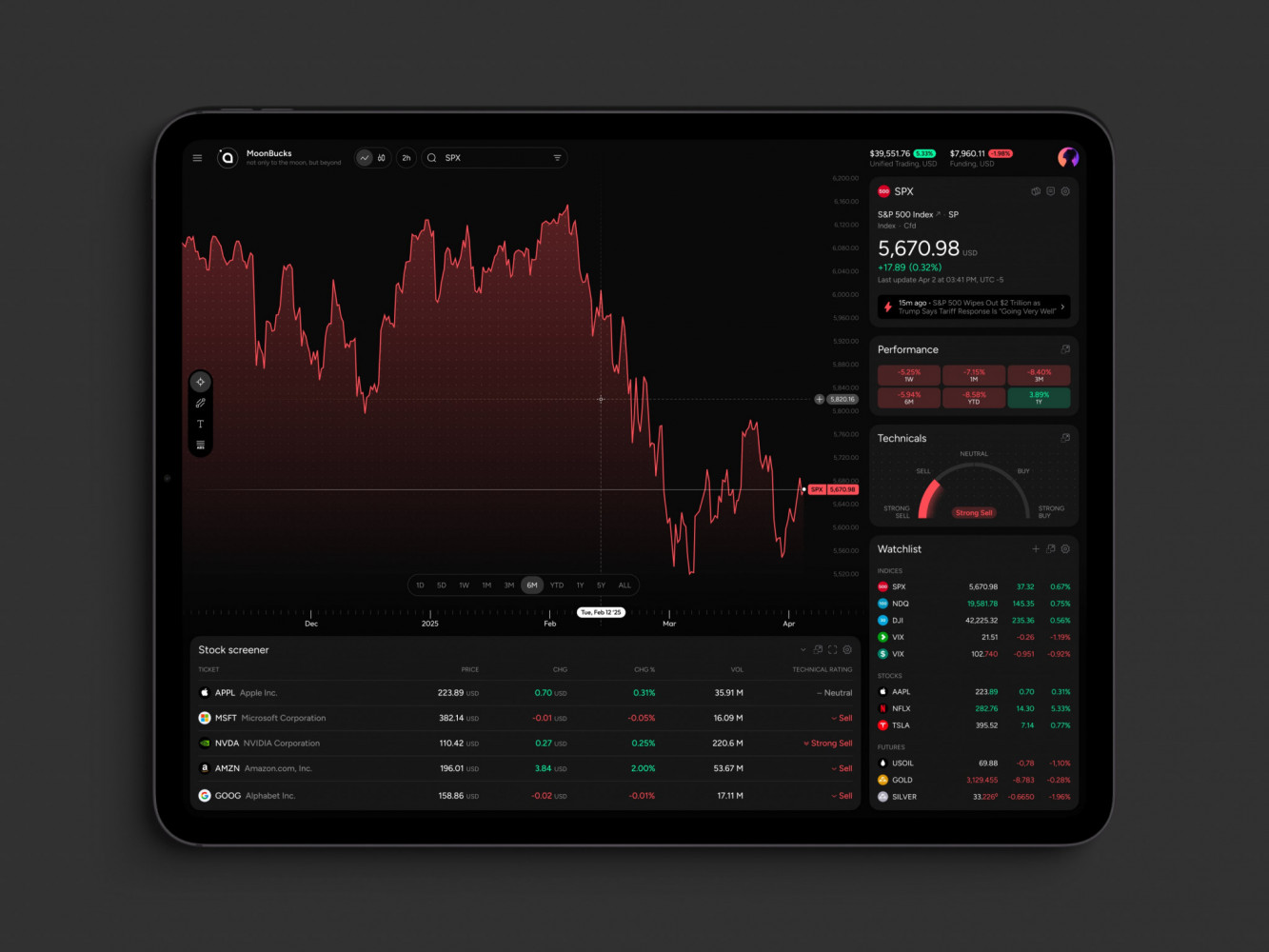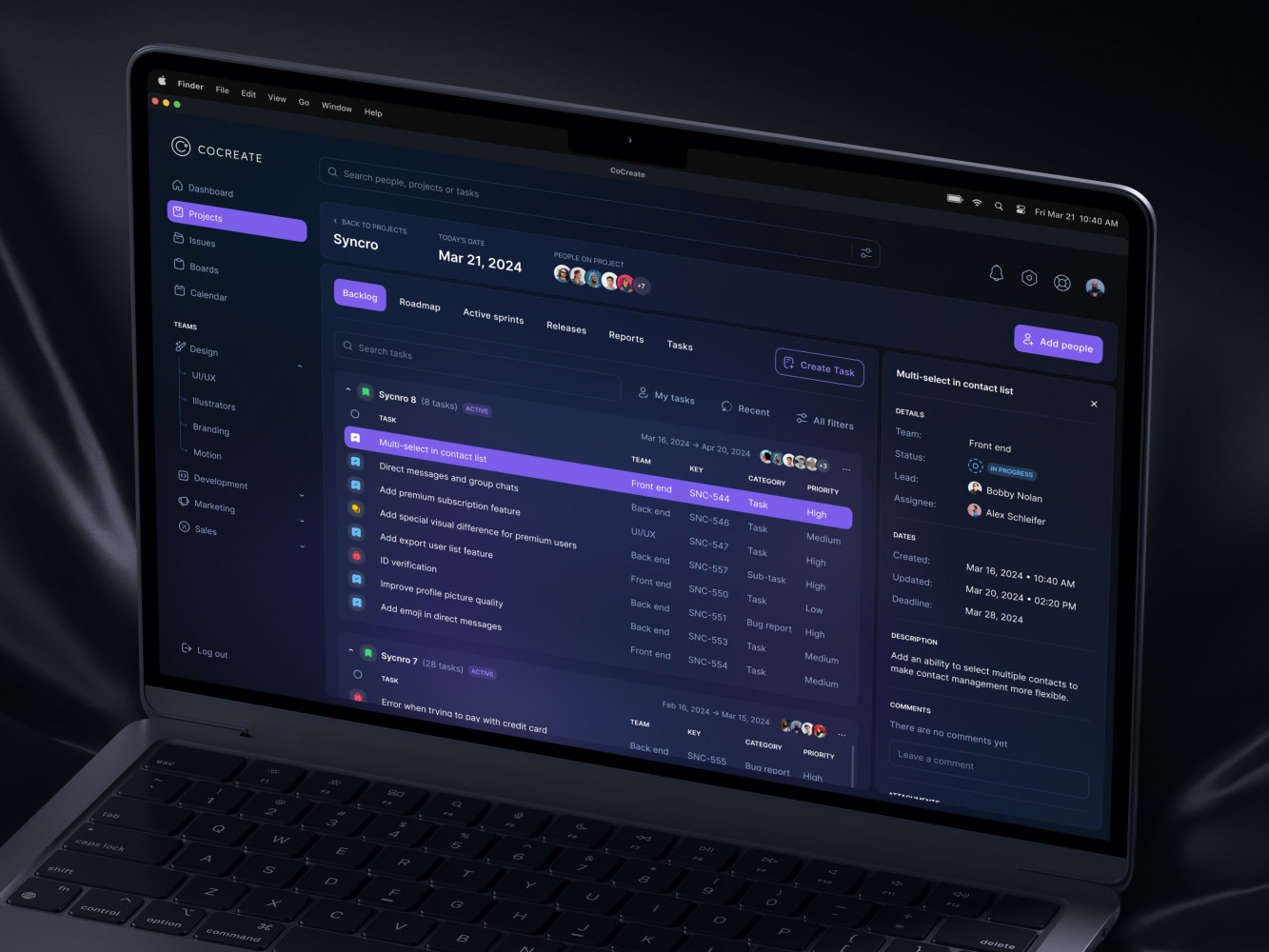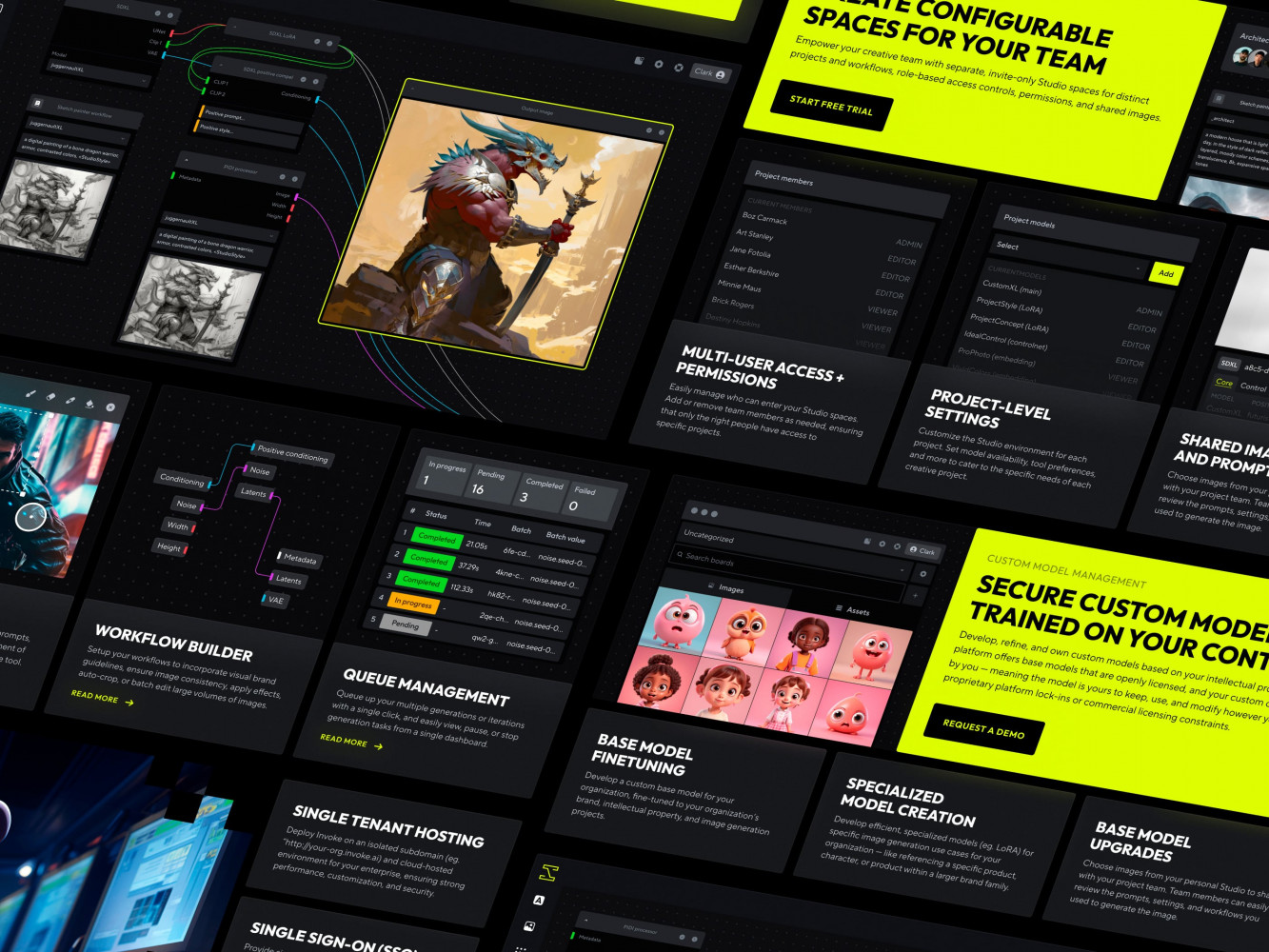For those who prefer to listen rather than read, this article is also available as a podcast on Spotify.
Contents:
You’ve got this brilliant idea for a web app, but your confidence is gnawed by billions of tricky questions. “Do I build everything at once? What if people don’t like it? Am I just throwing money into the void?” It’s overwhelming, I know, and sometimes crossing the line and giving up is tempting. Starting something from scratch is like trying to bake a cake without knowing whether anyone will actually eat it.
The trap most startups fall into is “jam-packing”. They pour all their resources into building this massive, feature-stacked product only to realize later that no one really wanted half of those bells and whistles. Or worse, they run out of cash before they can even launch. That’s a real hope-shattering. Honestly, it’s a little heartbreaking when you see how much passion goes into these projects.
But how can you avoid this trap? There is a method that allows you to test your big idea without burning through your budget. It’s called MVP—Minimum Viable Product. If you’re scratching your head wondering what exactly that means (or if you think you know but aren’t entirely sure), stick around.
In this article, I’ll break down what MVP web development really means, why it’s such a lifesaver for startups, and how to avoid common pitfalls when creating one. Plus, I’ll share some practical tips that have worked wonders for other product owners.
What is MVP in Web Development?
Definition from Lean Startup Methodology
Starting off with what exactly this concept is, because it often gets mixed with other things in development. An MVP is the most simplified version of your product that still delivers value to customers. It contains just enough features to solve a specific issue or ease a user’s pain point while being comprehensive enough to garner feedback and test your idea.
Instead of building a whole spaceship that can travel to the Andromeda galaxy, you first build a rudimentary rocket that has the capability to get off the ground. You see how people react to it—and what they actually desire—and then iterate and build again. The goal here is to learn quickly, spend wisely, and not invest resources in something that no one else is really interested in.
How MVP Differs from Prototype and Proof of Concept (PoC)
Now, here’s where folks normally get confused. People use terms like “prototype,” “proof of concept,” and “MVP” interchangeably, like they’re the same thing—but trust me, they’re not. Let’s get that cleared up:
A PoC is almost like a science experiment. You’re trying to find out if something is technically possible before you’ve invested too much time or money. For example, if you’re thinking of introducing AI chatbots into your app, a small PoC can determine if the technology works as it’s supposed to. The approach is purely functional, internal-only, and you don’t need to involve users. Just your team, you, and the feature to test.
A prototype is like a rough sketch of your final product. It’s designed to visualize how the product will look and feel, but unlike PoC, it’s not fully functional. It’s just wireframes, clickable mockups, or even a basic UI without backend functionality. Prototypes are great for showing stakeholders or investors what you’re aiming for, but they won’t actually do much beyond that.
Unlike a prototype or PoC, an MVP is live, functional, and ready for real users. Sure, it’s stripped down to the bone, but it needs to work. The whole point of MVP web application development is to get it out to market so you can collect data, see how people use it, and refine your strategy based on actual feedback, not assumptions.
Simply speaking, each of them answers a specific question:
- PoC: Can we build this?
- Prototype: What will this look like?
- MVP: Will people use this?
Example Case of MVP: Dropbox
In order to understand MVP meaning in web development, let’s take a familiar case—Dropbox. It’s a classic example of a successful project that addressed validating its idea a little in an alternate manner.
When Dropbox founder Drew Houston first thought of the concept of cloud storage that easily syncs files between devices, he faced a dilemma. The technology of cloud syncing was not exactly new, yet simplifying it, making it stable and user-friendly, was the problem. Also, building a full-fledged platform with decent infrastructure would have taken plenty of time and money, something he did not have at the time.
So, instead of jumping headlong into creating a complex system, Houston did something brilliant: he created a video MVP. That’s right—a video.
It wasn’t even a functional product yet. Just a 3-minute explanatory video demonstrating how Dropbox WOULD work. The video showed users dropping and dragging files into a folder, which would then sync magically with their laptop, phone, and other devices. Simple, huh?
The response was overwhelming—signups for the beta version skyrocketed overnight. People were excited about the idea because it solved a real pain point: painless file handling across devices.
What’s interesting about Dropbox’s MVP is that it did not employ traditional methods like releasing a minimal website or app. Instead, it leveraged storytelling and visualization as a method for market validation. A video prototype of the main value proposition validated a major question that a project type should validate: Do people want this?

Rental Booking Service Website Design by Conceptzilla
Why Build an MVP? Key Benefits
If you’re still on the fence about MVP web development, let me explain why it’s such a smart decision and the key benefits.
Validate Your Idea Before Going All-In
Your idea might seem like the best thing since sliced bread to you, but does anyone else agree? The hard truth is that most products fail because they try to solve problems no one really has.
With a stripped-down version of your product, you dip your toes in the water and see whether anyone actually wants what you’re offering. Do they sign up? Use it regularly? Refer their friends? If the answer is “no,” you’ve dodged a bullet. You can pivot, tweak, or even kill the idea without losing your shirt.
Don’t you wish you’d find out sooner rather than later that your app isn’t taking off rather than waiting months (years) working on it?
Get Real Feedback from Real Users
Do you know what’s greater than making assumptions on what people will want? Asking them. MVP web app development puts your product in front of real people who can tell you what works, what doesn’t, and what’s missing. This feedback cycle is pure gold.
For example, maybe you thought Feature X was going to be a game-changer, but users care about it not at all. Or maybe they love Feature Y so much that they’re begging for more. Without an MVP, you’d never know until too late. But with these early learnings, you concentrate on improvements and don’t create things nobody needs.
Stand Out in a Crowded Market
If you’re entering a crowded market, differentiation is a mission impossible. But an MVP allows you to focus on what’s special about your product. You just strip out features that aren’t critical and highlight the most important value proposition that makes you stand out. It shines like a gem and attracts users to it.
For instance, Slack wasn’t born as a full-fledged communications platform with all sorts of features under the stars. Its MVP just solved one real pain point: it brought members together in a simpler and easier way. That specificity allowed it to carve out a niche in a highly competitive market.
Save Time and Money
It costs a lot of money to produce a fully-featured product, like, super costly. Designing, coding, testing, marketing—everything spends money fast. And if you invest all that work in something that flops, well, that’s a pill to swallow.
An MVP enables you to focus on the essentials—the essential features that bring value—and hold the rest in reserve for later. It’s a lean process that conserves money and time. And if you’re looking for investment from investors or stakeholders, with something in front of them, they have something to comment on. It’s simpler to persuade someone to invest in your concept when they can see it working, even if that is a rough draft.
For instance, Mantis, a platform that provides connected CCTV systems for fleet owners. Shakuro collaborated with them to build a website for their telematics services. The company needed a quick revamp of the site without breaking their budget. Our team built an easy-to-navigate platform despite the content density, thanks to simplified designs and a clear structure. The Webflow MVP web app development sped up the development process, and Mantis got a responsive website with an easy-to-digest look in a short period.

Dashboard Design for a Strategic Analytics Tool by Shakuro
MVP Web Development Process
If you’re looking to build an MVP of your web application, let me assure you that it’s not all about tossing some features together and wrapping up the case. There is a process, a roadmap, if you will, which helps you stay on track. Sure, each project is different, but, sure, there are some general steps that most successful MVPs follow.
Step 1: Market Research & Pain Points
Before you even think about design or coding, you need to answer one very basic question: What problem are you solving? Easy, yeah? But then everything else emanates from there. Skipping that step is where most founders break down. You won’t have a direction if you don’t know what the problem is, and users don’t care. You need to sit and conduct proper research.
Also, you’ve got a couple of other questions to ask yourself:
- Who’s your target audience?
- What need are you addressing?
- Why do you need to exist with a solution?
- What does your competition provide?
For example, if you’re building a task management tool, your problem might be: “Small teams waste hours every week switching between apps to organize their work.” Your goal is to make life easier for those teams.
Step 2: Identify Core Features
Since you now have the problem in question, it’s time to decide what functionalities to incorporate in an MVP web application development that solves it. Remember, I mean the bare minimum here—no trimmings, no frills.
Start by listing all the potential features you’ve dreamed up and found during the research from step one. Then, ruthlessly prioritize them based on two criteria. Does it directly address the core problem? Will users find it valuable right away?
Speaking about that task management tool, your core features might include creating tasks, assigning them to team members, and setting deadlines. But niceties such as advanced reporting, third-party integrations, or pretty dashboards? Wait on those—they’re nice-to-haves, not must-haves. A general rule of thumb is to have 2-5 essential features. More than that, you’ll likely over-engineer your MVP.
Step 3: Design a Basic UI/UX
Once you’ve nailed down your core features, think about how users will interact with them. This is called user flow, and it’s basically the journey someone takes when using your product. Mapping out the user flow ensures that your MVP feels intuitive and easy to use. No one wants to feel lost or frustrated while trying out a new app. Keep it simple. The fewer clicks or steps required to accomplish something, the better.
I will continue the example series utilizing a team management tool. To plan MVP web development in this example, I would wonder:
- How do users sign in or register?
- Where do they go to set up a task?
- How can they view the progress of their team?
Then, encapsulate it in a clean, workable layout that informs users how to use your product. Don’t get too hung up on pixel-perfect layouts during this phase. The idea is to get the interface workable enough to test, not win design awards.
Step 4: Develop & Test the Web App
Now that you’ve got your design ready, it’s time to bring your MVP to life. This is where you’ll want to recruit experienced developers—or if you have the technical expertise yourself, get going.
Since this approach is all about saving cash and time, you will need some tools. Our company uses the WebFlow MVP approach with speed. The low-code process has quick development without sacrificing quality or security.
When you are architecting, keep it simple. Do not add more than you have to support your core features. For example, when you are architecting a task manager, the core thing should be like saving tasks in a database and displaying them as a list. Do not do complex features like real-time alerts or gamification at this time.
Before finishing MVP web application development and deploying, test your product to iron out bugs and have it working as intended. Crashing features or confusing navigation can ruin user trust before you’ve even started.
There are three types of testing you may want to participate in:
- Functional testing: Does each feature work as intended?
- Usability testing: Is it easy for users to navigate and accomplish tasks?
- Performance testing: Does the app load quickly and handle easy traffic?
You can test it in-house or pay a few beta testers to try it out. Their opinions will be worth their weight in gold.
Step 5: Launch & Iterate
Hold your horses—this isn’t the finish line. The whole point of MVP web development is to learn, so make the launch the beginning of your journey, not the end.
Release your MVP to a small audience—your early adopters—and encourage them to provide feedback. Ask them the following questions:
- What was helpful?
- Was something confusing or frustrating?
- What would make this product better for you?
With survey methods, analysis, and face-to-face discussions, you accumulate content. Pay more attention to what they do rather than what they say.
Lastly, take that feedback you have accumulated and use it wisely by making adjustments to your product. Fix bugs, tweak the interface, make minor enhancements—but resist the urge to revise everything at once.
Iteration is success. Each release must draw you incrementally closer to a product that gets your users genuinely happy. Over time, you can layer on more features and polish, but never lose sight of the original value proposition.

UI Design for a Task Management Tool by Shakuro
MVP Cost & Timeline
An MVP is designed to be lean, which means it should cost less than a full-blown product. But the price tag and timeline can still vary widely depending on a bunch of factors. Let’s break it down so you know what to expect—and how to keep costs under control when you deal with mobile and web MVP app development services.
Factors Affecting Price
Features Scope
The more your toolkit is packed, the higher the cost, obviously. A standard MVP should focus on the core functionality only and have the bare minimum needed to solve the pressing issue. Adding unnecessary bells and whistles you like can quickly blow up your budget.
If your product requires intricate UI/UX design, animations, or custom graphics, expect to see many numbers in the check. Simpler designs are faster and cheaper to implement, so stick to clean, functional layouts unless aesthetics are critical to your value proposition. Which is rare, to be honest.
Tech Stack
The technologies you choose matter—a lot. Some frameworks and tools are faster (and cheaper) to develop with than others.
For instance, using popular, well-documented frameworks like React or Django can speed up development and reduce costs. At the same time, custom-made solutions or niche technologies require senior developers who—guess what—charge more. So you have to balance between cool tricks and your wallet.
Team Size and Location
The MVP web development company you hire and where they’re located play a huge role in pricing. Freelancers are typically cheaper (around $20–$100/hour), but the quality of work can vary. If you already have an in-house team, this might feel “free,” but don’t forget salaries, benefits, and overhead costs. As for the agencies, their rates depend on location. Eastern European or Asian agencies often charge around $25–$75/hour, while teams in the U.S. might charge approximately $100–$250/hour. Offshore teams can save money, but communication challenges sometimes slow things down. Balance cost with reliability.
| MVP Type | Approximate Cost Range | Complexity | Timeline | Key Charactertistics |
| Basic Web MVP | $3,000–$15,000 | Low to Moderate | 1–3 months | Simple functionality. Minimal design requirements. Ideal for validating ideas quickly with a small audience. |
| Mobile & Web MVP | $15,000–$50,000 | Moderate to High | 3–6 months | Includes both web and mobile versions. Requires API integrations and cross-platform testing. Great for products targeting users on multiple devices. |
| Custom MVP | $50,000–$150,000+ | High | 6–12+ months | Fully tailored solution with unique features or complex workflows. May involve advanced tech like AI, machine learning, or blockchain. Best for niche markets or highly specialized industries. |
How to Reduce MVP Costs
How to keep costs down without sacrificing quality? Well, here are some practical tips:
- Prioritize ruthlessly: Focus only on the features that solve the core problem. Ask yourself: “Will users still find this valuable if we launch without X?” If the answer is yes, cut it—or save it for later.
- Use ready-made tools: Leverage low-code platforms and tools instead of building everything from scratch. Webflow MVP web app development saves time and money compared to custom development.
- Choose the right team: Hire wisely. Freelancers or startup services in regions with lower labor costs can deliver great results at a fraction of the price. Just make sure to vet them carefully—cheap doesn’t always mean good.
- Keep design minimalistic: Don’t obsess over pixel-perfect visuals. Start with a clean, functional design that communicates your value proposition clearly. You can polish it later once you’ve validated the concept.
- Automate testing: While manual testing is fine for small projects, automating repetitive tests can save time (and therefore money) in the long run. Tools like Selenium or Cypress can help streamline this process.
- Launch early and iterate: You don’t need perfection to launch—it’s the whole point of MVP. Get your product out there as soon as it’s usable, gather feedback, and improve incrementally. This approach avoids overbuilding and keeps costs manageable.
- DIY when possible: If you have technical skills, consider doing some of the work yourself. Even handling project management or writing content can reduce reliance on external resources.
Common MVP Pitfalls to Avoid
Creating an MVP might sound simple enough, but there are plenty of pitfalls lying in wait to destroy you, squander your resources, or even kill your product before it ever gets off the ground.
Trying to Build Too Much
This is hands down the #1 mistake. Founders fall victim to this line of thinking: “This is so awesome! If we just add one more feature like this, it’ll be perfect!” But it won’t be. Adding extra features delays your launch, increases expense, and confuses users.
Prioritize fixing the core problem of your target audience. Cut ruthlessly to your most essential features and ask yourself every time you come up with another “ideal” feature: “Does this directly fix the pain point we’re trying to solve?” If not, it’s out. Remember that the goal of MVP web development is to validate your idea and not to win design awards.
The same goes for overdesigning. An MVP doesn’t need to look like Apple’s homepage—it just needs to work. So keep it simple, clean, and functional design, and utilize pre-made templates or frameworks to save time and money.
Skipping Market Research
You might have an awesome idea, but if no one really needs it, you’re writing to nobody. Skipping research is like steering blind—chaos will ensue.
Don’t start coding yet unless you’ve talked to potential users. Survey, interview, or simply talk to them over coffee. Use tools such as Google Trends, Reddit, or specialized boards to check whether anyone cares about your idea. Find out:
- What problems they’re facing.
- How they currently solve those problems.
- Whether they’d pay for your solution.
Underestimating Development Costs
It’s easy to underestimate how much time and money MVP development services for startups will take, especially if you’re new to the process. Hidden costs—like third-party integrations, testing, or unexpected revisions—can sneak up on you.
Having a detailed timeline and budget in hand prior to starting is a wise choice. And include a cushion for unexpected costs. If you’re outsourcing, get quotes from multiple developers or agencies to ensure you’re not paying too much.
Neglecting Marketing
Your MVP will never amount to anything if no one is aware of it. Too many founders are so engaged in building that they don’t even think about how they’ll get users.
Start marketing before launch. Identify who your audience is and where they hang out on the Internet. For example, if you’re targeting professionals, LinkedIn might be your best option. If you’re targeting creatives, Instagram or TikTok might be the better option. Having decided, build hype with teasers, landing pages, or social campaigns.
Not Defining Success Metrics
Without defined goals, it’s difficult to tell if your product is working. Are you measuring signups? Active users? Revenue? If you don’t define these metrics upfront, you’ll be flying blind.
Set tangible, measurable goals for your MVP web application development and track these numbers fervently, adjusting your approach based on the data. For example:
- Get 100 beta users in the first month.
- Achieve a 30% two-week retention rate.
- Generate $1,000 in revenue in Q1.
Overpromising to Investors or Users
Overpromising is a temptation. Overpromising too early will bite you back. If you overpromise to investors or users that your MVP will do X, Y, and Z, but it only does X, you’ll have lost credibility.
Instead, be transparent about what your product can and can’t do. Set realistic expectations and communicate clearly. For example, instead of saying, “Our app will revolutionize project management,” try: “We’re starting with a simple way to assign tasks to team members.”

Landing Page Redesign for Creative Production Platform by Shakuro
Successful MVP Examples
Airbnb: From Air Mattresses to a Global Empire
If there’s one MVP web development story that every founder should know, it’s Airbnb’s. What started as a quirky side hustle turned into a $100-billion business—all because of a simple, scrappy concept.
In 2007, founders Brian Chesky and Joe Gebbia were struggling to pay rent in San Francisco. At the same time, a design conference was coming to town, and hotels were fully booked. They had a lightbulb moment: what if they rented out air mattresses in their apartment to attendees?
Instead of building a full-fledged platform with reviews, payment systems, and fancy features, they created a super basic website called AirBed & Breakfast. It listed their apartment as a place to crash, complete with breakfast (hence the name). The site was bare-bones—just a few photos, a description, and contact info.
They didn’t even have a payment system at first. Guests paid cash after staying. But guess what? It worked. Three people stayed with them during the conference, proving that strangers would pay to stay in someone else’s home.
Why was it successful? Well, there are a few reasons:
- Validation: The MVP validated their idea without spending much money.
- Focus: They focused on solving one problem, which is helping travelers find affordable lodging when hotels were full.
- Iteration: Once they saw demand, they expanded the concept to other cities, added more listings, and eventually rebranded to Airbnb.
Spotify: Streaming Music Without Breaking the Bank
Spotify’s journey is another masterclass in MVP strategy. Today, it’s a household name with over 500 million users, but its beginnings were humble—and smart.
Back in 2006, music piracy was rampant (hello, Napster and LimeWire). People wanted easy access to music, but legal streaming options were either nonexistent or clunky. Spotify saw an opportunity to create a legal, seamless way to stream music online.
Instead of launching a feature-packed app right away, Spotify started with a desktop-only MVP web application development for a small group of users in Sweden. The app had one core feature: letting users stream music instantly without downloading files. There were no playlists, social sharing, or mobile apps—just a simple interface for streaming songs.
To keep costs low, they partnered directly with a few record labels to secure a limited library of tracks. This allowed them to test the technology and user experience without committing to expensive licensing deals upfront.
They were successful because:
- Lean approach: With a focus on desktop streaming, they avoided the complexity of mobile development early on.
- Partnerships: Partnering with a handful of record labels helped them validate the concept before scaling.
- User feedback: Early adopters loved the instant streaming feature, which gave Spotify confidence to expand its library and add more functionality.
Proko: Full-Scale E-Learning Platform for Artists
This one is from Shakuro’s portfolio. Proko is a well-known educational website for artists where they can find courses on practically any art subject from expert teachers. Video lessons, social networking, third-party integrations, and tools—now it offers all the essentials. But how did it all start?
It all started as a simple website without any zest. There were only video collections on how to draw certain subjects, and that simplicity, mixed with the availability of materials, sparked interest in the target audience. As community grew, Stan Prokopenko, the Proko founder, realized it was time to revamp the platform into something more prominent.
Together with Stan, our team prioritized video content and built the design around them. It was based on a white paper sheet, close to the artists’ favorite thing. Also, the experts integrated social networking elements like comments, news feed, lists, followers, etc. That attracted more users to the project. To make Proko more convenient and accessible, the team created a mobile version.
After the revamp, the Proko platform turned into an e-learning art hub. During development, the team kept scalability in mind, so Stan will have little issues growing its creation further.
The project is successful due to:
- Easy-to-grasp UX: Right from the start, the team focused on delivering exactly what users wanted, without any distractions—art lessons. With the right approach to prioritizing features, Shakuro later delivered a convenient and responsive tool for learning art.
- Built with scalability: E-learning platforms are growing constantly, which is why the team used tools supporting future scale both in traffic and features.
- Community: Social features the team added later just urged forward what already formed—a united community of people passionate about art.

Proko platform by Shakuro
Why Choose Shakuro for MVP Development?
More Than 18 Years Building MVPs
For years, our team has been developing responsive products for various industries, including SaaS, fintech, e-commerce, e-learning, and others. 500+ ideas were turned into successful apps and websites. With this amount of knowledge, our team quickly evolves the concept suitable for your business goals and users’ needs, then prepares it for release. Which is extremely important, because timing is everything in this case.
Rapid Development
How do we speed up the process? Well, there are a few tricks up our sleeves. As an MVP app development company, Shakuro adheres to industry standards, meaning the members aren’t wandering in the dark; they know exactly what they should do to eliminate the issues. They use ready-made tools like Webflow to assemble a high-quality product, then polish it with versatile instruments like React or Ruby on Rails. At the same time, there is a great deal of flexibility in our approach. The team creates custom tools and plugins to make the development convenient and fast.
As a result, the process is cost-effective and still efficient.
Post-Launch Support & Scaling
Obviously, MVP is just a way to test the ground. After release, you’ll need to keep growing. Shakuro continues supporting your product even then, with developing iterations and creating updates. The team integrates scaling features during the early stages, so that your product can evolve seamlessly later on. Apart from growth, they keep an eye on security and release constant patches to avoid any threats.
FAQ Section
How long does MVP development take?
The short answer—it varies based on complexity, team size, tech stack, and how much time you spend iterating. In general, it takes from 2–4 weeks up to 4–6+ months.
Can you build a no-code MVP?
Sure, it’s doable. There are dozens of low-code and no-code tools suitable for creating web apps quickly and efficiently. At Shakuro, the team uses Webflow MVP web app development because of the ready-made templates, responsive designs, scalability, and integration support.
What’s next after MVP?
It is just as critical (if not more) than the development process itself. This is where you turn feedback into action, iterate on your product, and set the stage for long-term success. With strategic scaling, you can turn your lean experiment into a thriving product.

